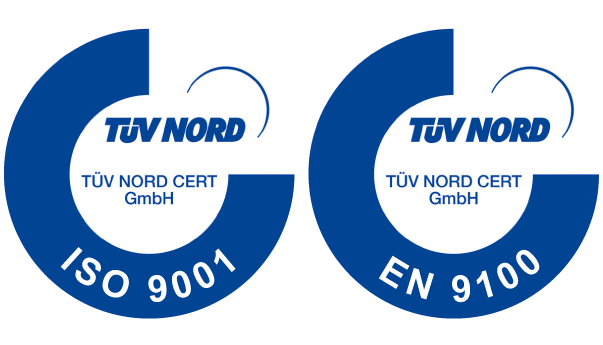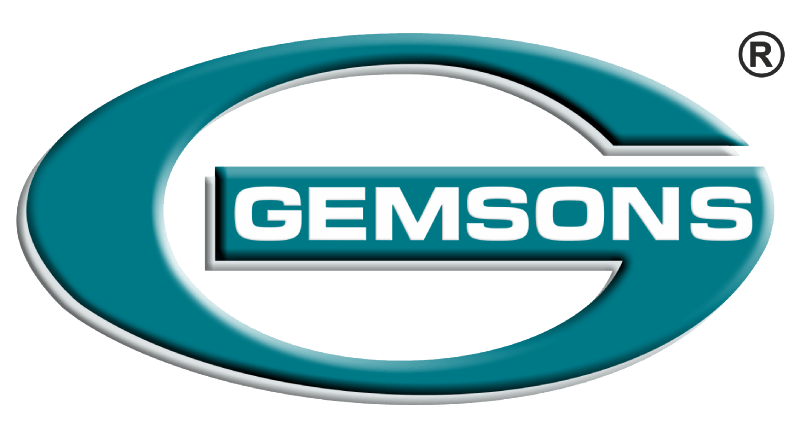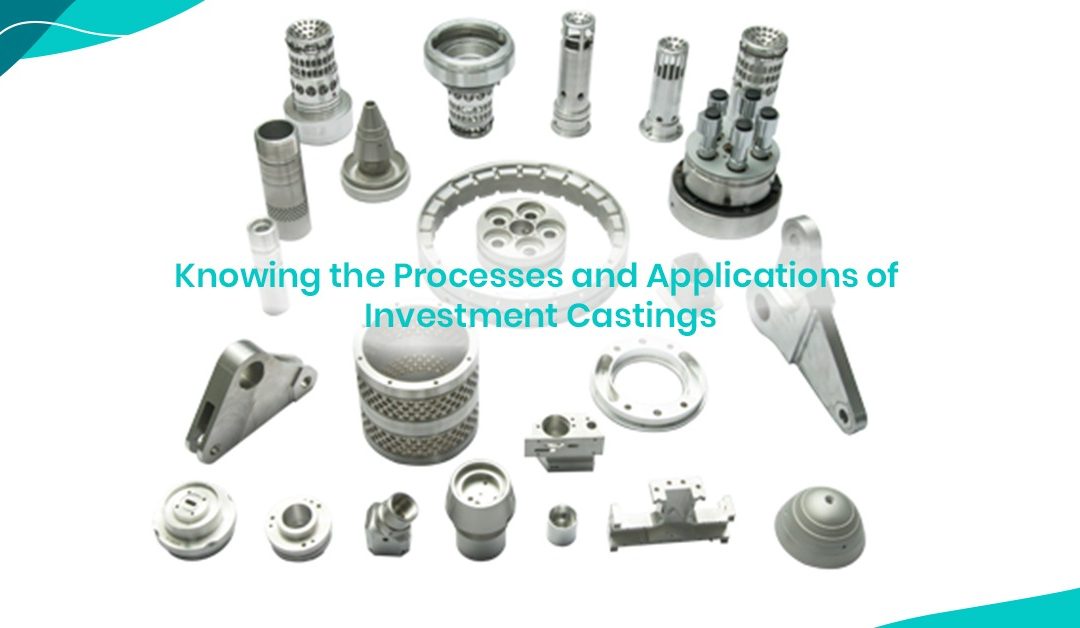Investment casting, a modernized and high-tech variation of the old lost form casting technique, is used to manufacture aircraft engines for commercial and military applications. Investment casting is a contemporary casting method that is superior to lost form casting, one of the oldest casting methods. This modern version of the lost wax technique was created during World War II when it was discovered to be helpful for various military purposes. Later, when the civilian aircraft sector expanded in the 1980s, investment casting became more popular. Today, investment-casting processes generate 15% of the world’s industrial casting, thanks to current computer technology, robots, and casting processes.
Making the master pattern
The first stage in investment casting is to create a wax master prototype. Although industrial applications usually require some degree of machining, artists may also do simple wax masters by hand.
Numerous copies of the master pattern may be connected to a wax sprue to form a cluster of patterns that resembles a tree for multiple replications of a model.
Apply refractory materials
After you’ve created the master pattern, it’s time to start applying the materials that will ultimately create the mould. This stage, known as “investment,” entails using refractory or heat-resistant materials in the master design. Investment casting often employs refractory ingredients such as silica, alumina, aluminium silicates, or zircon.
Dewax
When the mould has solidified completely, it is put into a furnace and flipped upside-down. The heat melts the wax within the mould, allowing it to flow out. The wax that drips from the mould is often collected and reused, particularly for commercial uses of the technique.
In this stage, a fast temperature rise is required so that the wax at the outer layer may begin to flow freely before the remainder of it expands and damages the mould.
Burnout the mould
In the last stage, the mould is exposed to even greater temperatures ranging from 800 to 1000 °C. This step does two things. The first is that it vaporizes any leftover wax or moisture that may have remained after the dewaxing procedure. The second effect is that it sinters the mould, hardening it even more.
Molten metal may now be poured into the mould to produce the final prototypes. Pouring metal into a heated mould is excellent because it remains liquid for a more extended period, enabling it to fill the tiny pockets in the mould that produce all the small features. After the burnout process, the mould may be allowed to cool to inspect for fractures or holes. In any event, the final metal prototype will need post-processing utilizing standard sanding and polishing techniques.
Investment casting applications
Because investment casting was one of the first casting techniques, it is a testimony to its utility that many commercial and industrial companies still extensively use it today. The following are only a few of the most frequent and essential investment casting applications:
Rotors and turbine blades in motors and generators are examples of engineering components.
Valve components (casings, pistons)
Manufacturing of firearms (triggers, hammers,)
Making equipment for the food and beverage industries
It is fair to conclude that tools and equipment produced using investment casting have benefitted virtually all sectors with such broad use.



Recent Comments